Moving Into a New Apartment: A Comprehensive Guide for a Smooth Transition
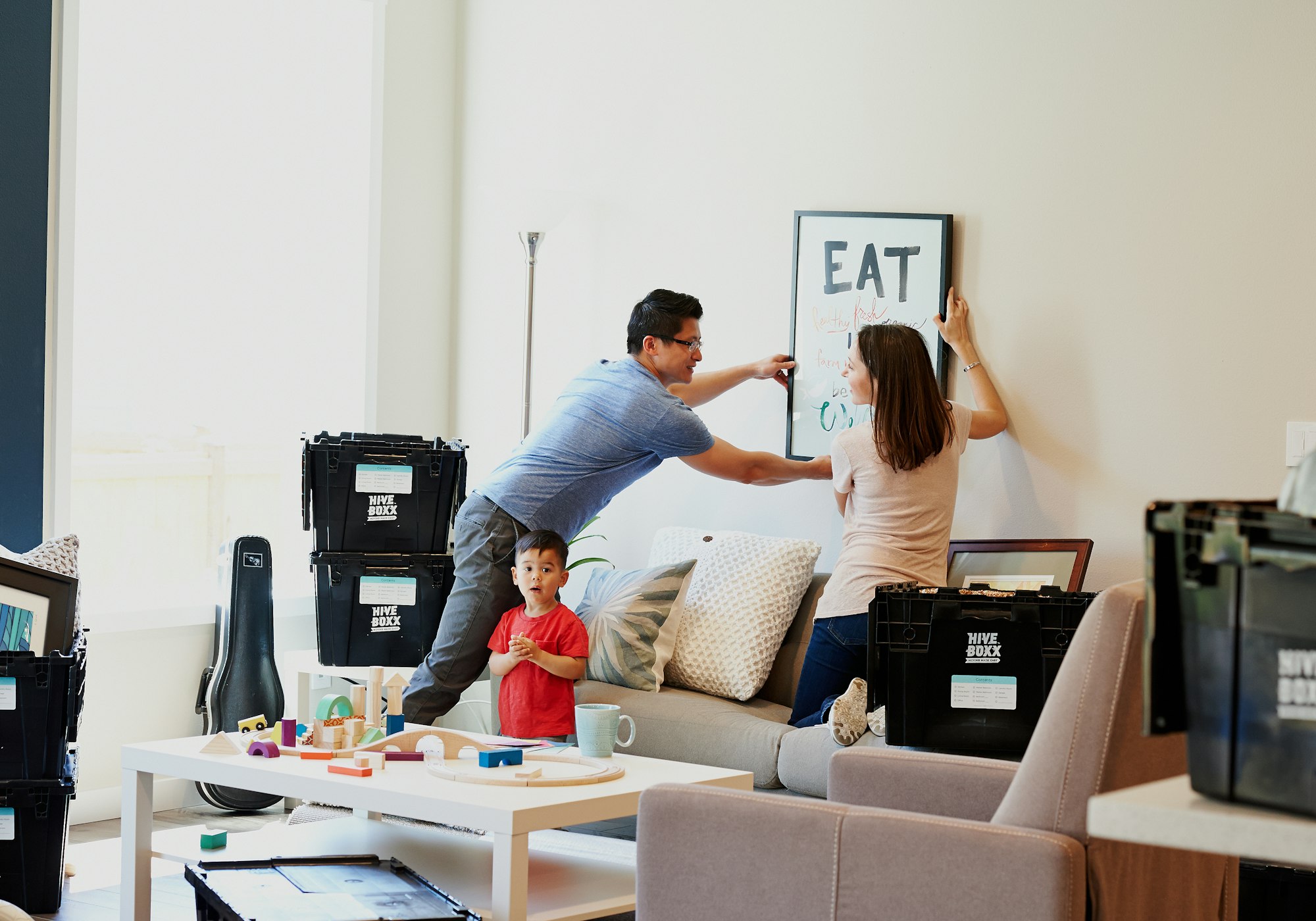
Moving into a new apartment is an exciting milestone, but it can also be a complex and stressful process. From finding the perfect location to organizing and packing your belongings, there are numerous factors to consider. To help you navigate this significant life event with ease, we've put together a comprehensive guide that covers every step of the journey. Whether you're a seasoned mover or it's your first time, this guide will provide valuable tips and insights to ensure a smooth transition into your new rental home.
Step 1: Preparing for the Move
Give Yourself Ample Time

Moving is a significant undertaking that requires careful planning. Start the process well in advance to allow yourself enough time to explore different neighborhoods, consider various apartment options, and thoroughly evaluate your needs and preferences. By giving yourself ample time, you'll avoid feeling rushed and make more informed decisions.
Financial Planning

Moving comes with its fair share of expenses, so it's essential to set a budget and save money in advance. Consider costs such as security deposits, application fees, moving truck rentals, packing supplies, and potential storage unit fees. Additionally, if you plan to hire professional movers, factor in their fees as well. By planning your budget ahead of time, you'll have a clear understanding of your financial obligations and avoid any last-minute surprises.
Furniture and Decor Considerations
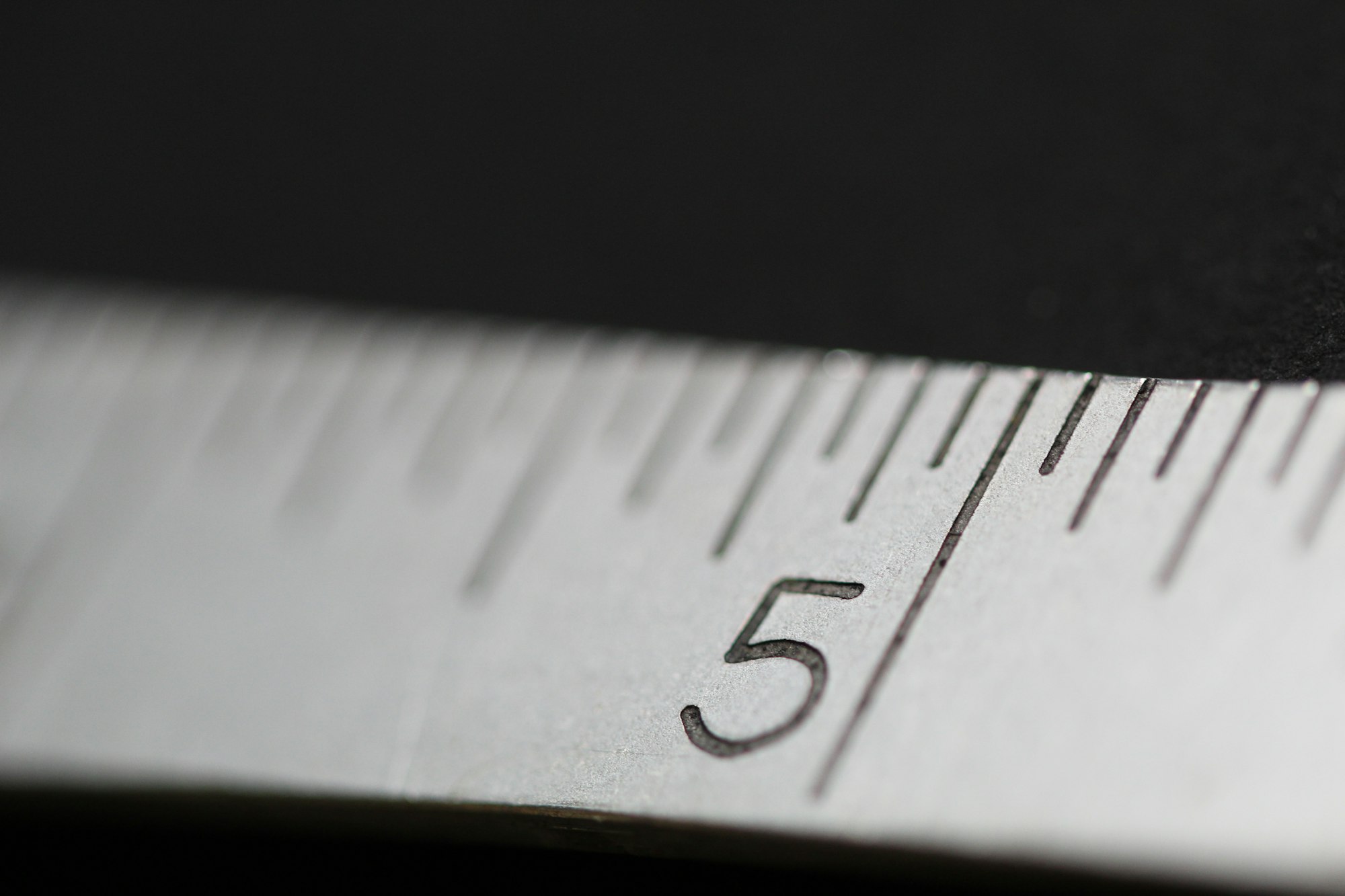
Before moving, assess your existing furniture and determine whether it will fit in your new apartment. Take measurements of both your furniture and the doorways, hallways, and staircases in your new place. This step will help you avoid the frustration of discovering that your beloved couch or dining table won't fit through the door. If necessary, consider selling or donating items that won't work in your new space, and start exploring options for new furniture and decor that will complement your apartment's layout and style.
Step 2: Organizing and Packing
Decluttering and Sorting Belongings

Moving presents the perfect opportunity to declutter and downsize. Before packing, go through your belongings and decide what to keep, donate, or sell. Be honest with yourself about what you truly need and use regularly. Consider hosting a garage sale, selling items online, or donating to local charities. Not only will this simplify your move, but it will also help you start fresh in your new apartment with a more streamlined and organized living space.
Gathering Packing Supplies

Proper packing supplies are crucial for a smooth and efficient move. Start collecting boxes, bubble wrap, packing tape, markers, and other essentials well in advance. You can often find free or low-cost packing materials from local stores, online marketplaces, or through friends and family who have recently moved. Designate an area in your current apartment to store these supplies as you gradually begin packing. This approach will help you stay organized and reduce last-minute scrambling for materials.
Address Change and Notifications
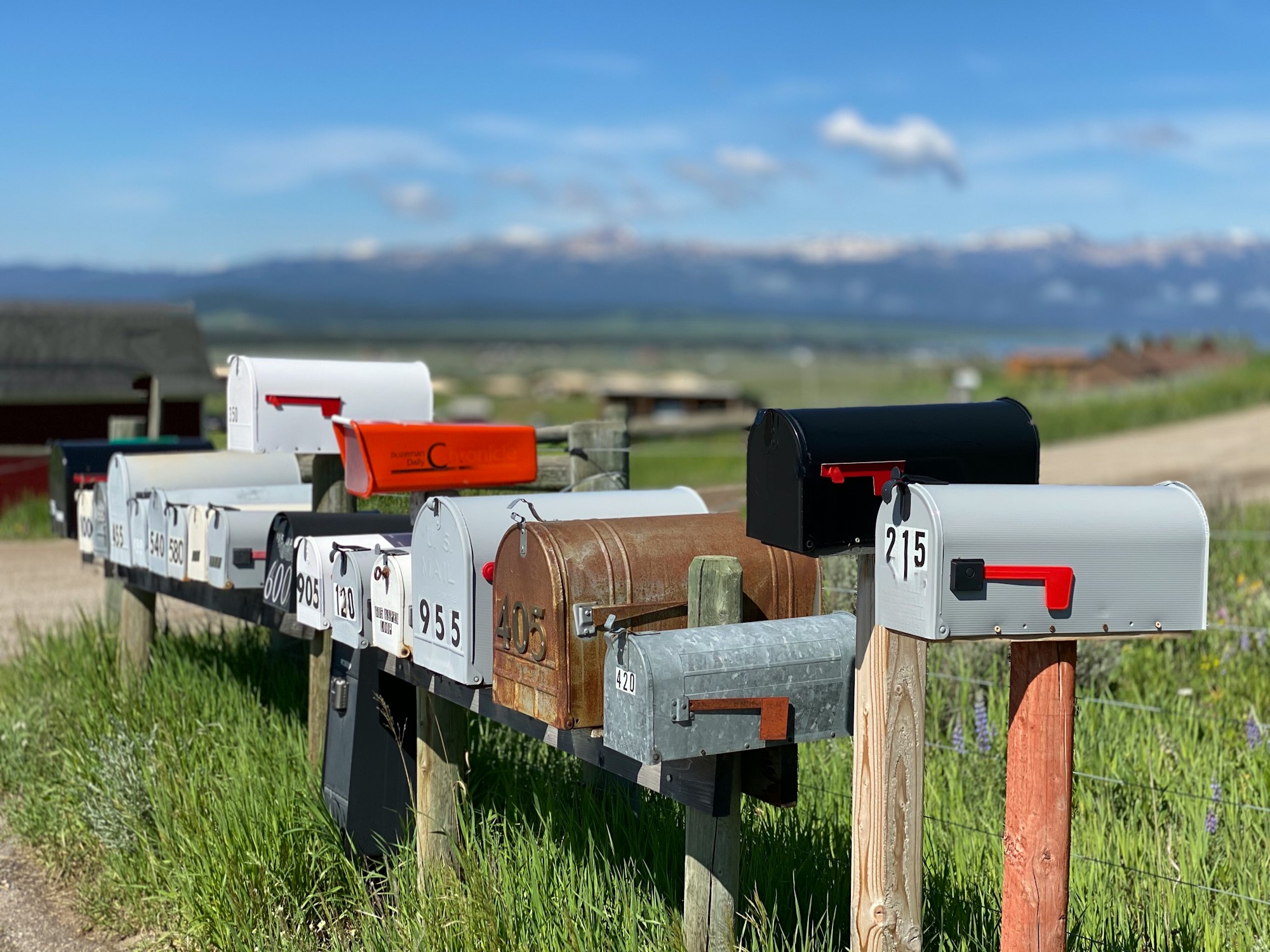
As your moving day approaches, don't forget to update your address with the United States Postal Service (USPS) and notify important contacts of your upcoming move. Schedule a change of address with USPS to ensure that your mail is forwarded to your new apartment. Additionally, inform your bank, credit card companies, insurance providers, medical offices, subscriptions, and any other relevant parties about your address change. By proactively updating your information, you'll minimize disruptions and ensure a smooth transition of your mail and essential services.
Step 3: Final Preparations
Communication with Landlords
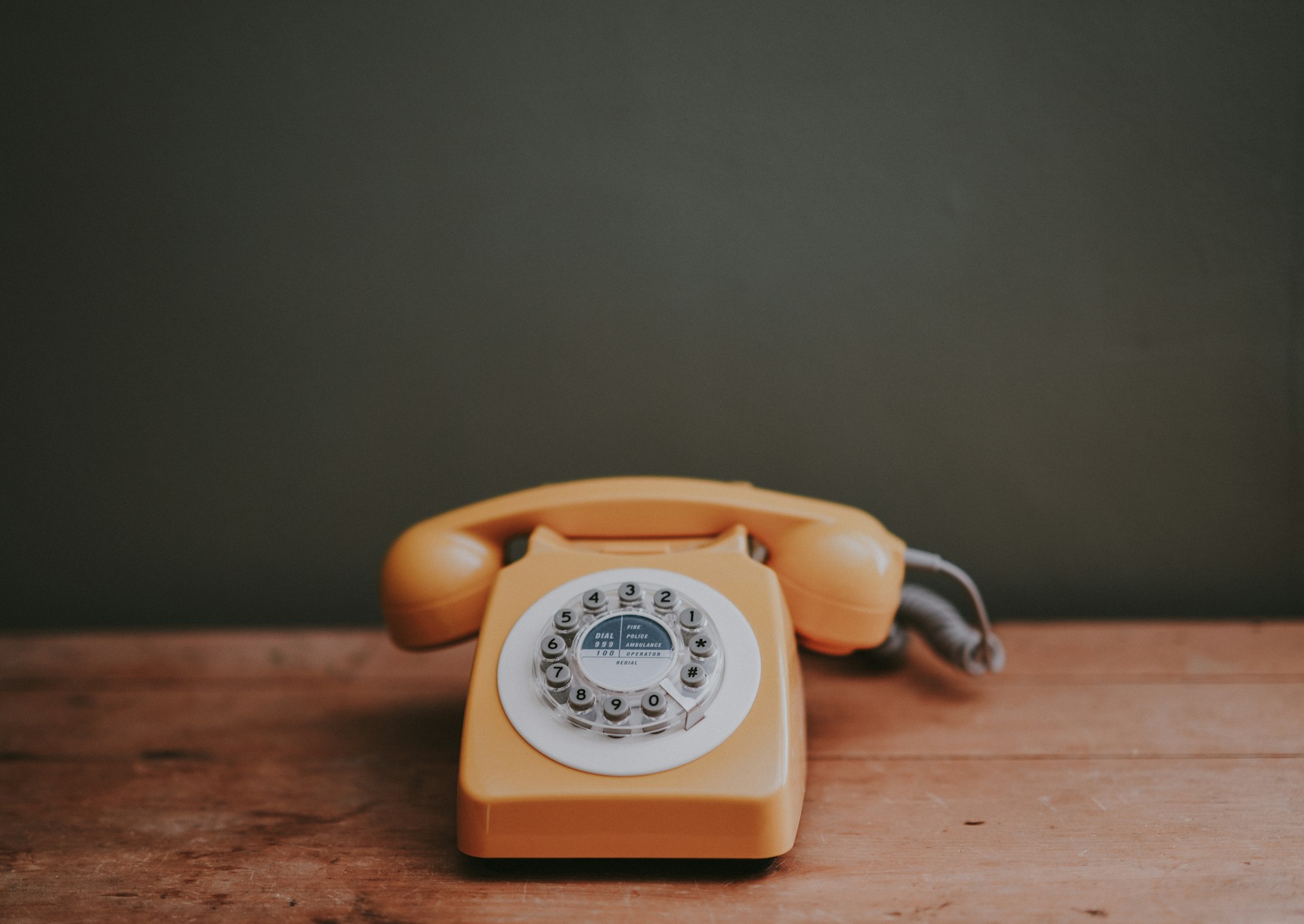
Clear and timely communication with both your current and new landlords is crucial for a seamless move. Notify your current landlord in advance that you'll be moving out, typically 60 days before your move. Follow any specific notice requirements stated in your lease agreement. Schedule a move-out inspection with your current landlord to assess the condition of the apartment and discuss any potential deductions from your security deposit. Simultaneously, coordinate with your new landlord to sign the lease, determine move-in dates, and clarify any questions or concerns regarding the new apartment.
Utility Transfers and Services

To ensure a hassle-free transition, remember to transfer or stop your utility services at your current apartment and set them up at your new place. Contact your electricity, gas, water, internet, and other utility providers to arrange for the disconnection and reconnection of services. Keep in mind that utility companies often require advance notice, so make these arrangements well ahead of your move. Additionally, if you anticipate needing long-term storage for your belongings, research storage facilities and determine whether your renters' insurance covers items in storage units.
Step 4: Moving Day and Settling In
Hiring Professionals or Enlisting Help

Depending on your circumstances and budget, you may choose to hire professional movers or enlist the help of friends and family. Research moving companies, read reviews, and obtain quotes to find a reputable and reliable option that suits your needs. Alternatively, if you opt for help from loved ones, show your appreciation by providing food, drinks, and a comfortable moving environment. Regardless of the route you choose, be prepared with a detailed moving plan and ensure that all necessary arrangements, such as elevator bookings or parking permits, are in place.
Packing Essentials and Final Checks
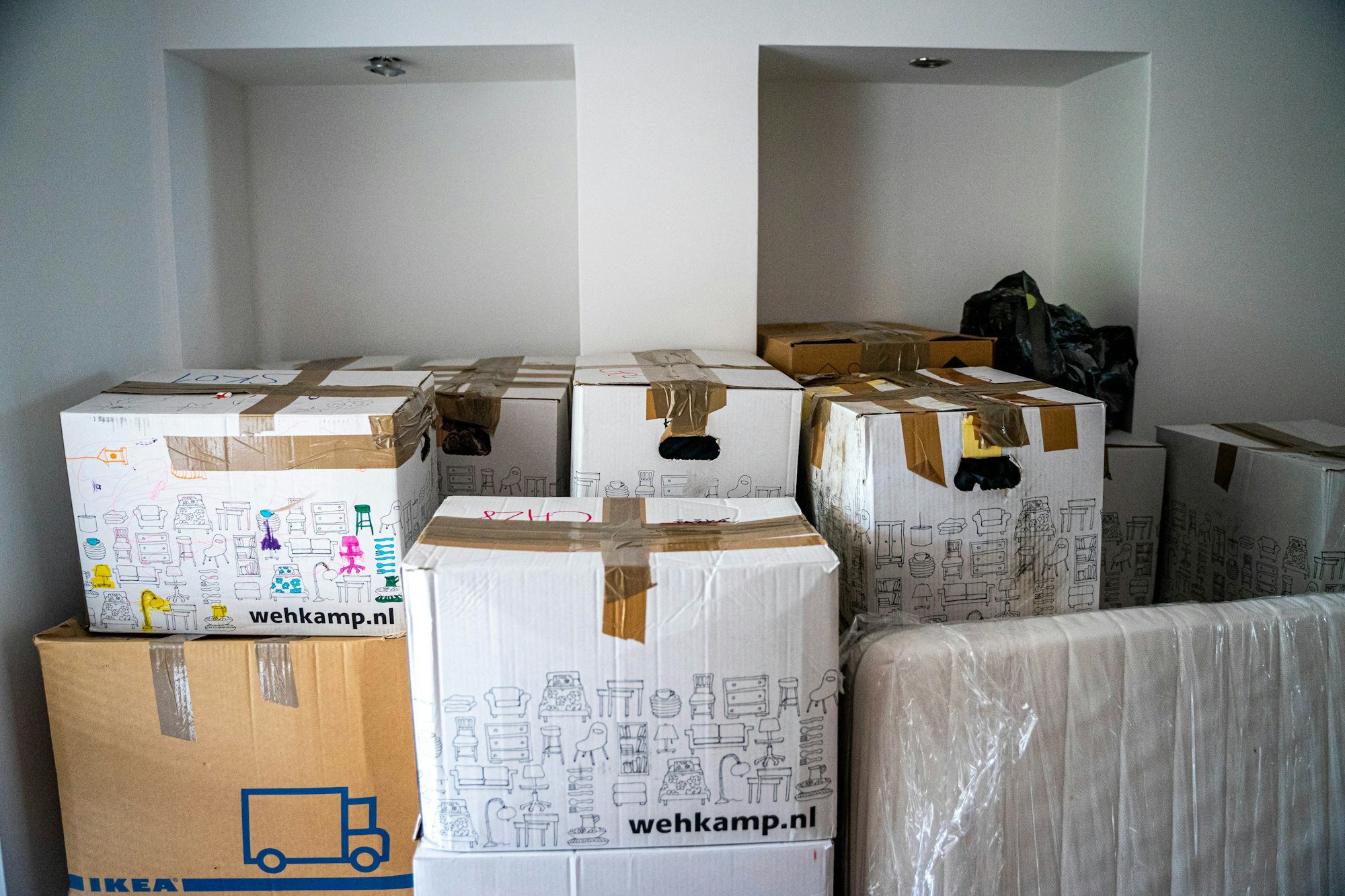
As moving day approaches, pack essential items separately and ensure they are easily accessible. These items may include toiletries, medications, a change of clothes, important documents, and any valuables you prefer to keep with you. Create a checklist of things to double-check before leaving your current apartment, such as turning off lights, locking doors, and verifying that nothing is left behind. Conduct a thorough walkthrough of the premises to ensure that it's clean and in good condition before handing over the keys.
Exploring the New Neighborhood

Once you've successfully moved into your new apartment, take some time to explore your new neighborhood. Familiarize yourself with nearby amenities, such as grocery stores, pharmacies, post offices, parks, and fitness centers. Get to know the local community and discover exciting activities or attractions in your area. This exploration will not only help you settle in but also make you feel more connected to your new surroundings.
Conclusion
Moving into a new apartment is a significant milestone that can bring both excitement and challenges. By following the steps outlined in this comprehensive guide, you'll be well-prepared to navigate the complexities of the moving process with ease. Remember to plan ahead, stay organized, and maintain open communication with landlords, utility providers, and relevant contacts. Embrace this new chapter in your life, and may your new apartment become a place of comfort, joy, and happy memories.